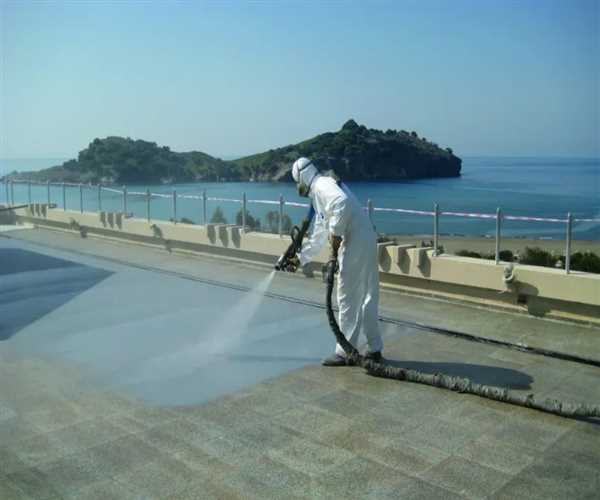Waterproofing is a crucial process that is necessary to protect structures from the damaging effects of water. Effective waterproofing can ensure that structures last longer, remain safe, and maintain their aesthetic appeal. While waterproofing is an essential process, there are a few essential aspects that can affect the overall success of water proofing systems.
When it comes to waterproofing systems, there are several essential aspects that must be considered. From the materials used to the installation process, these factors can have a major impact on the overall performance of the system.
Material Selection:
The material used in waterproofing systems is perhaps the most important factor to consider. Traditional materials such as bitumen, asphalt, and rubber sheeting have proven to be reliable, but there are now a variety of synthetic membranes available which offer improved performance. Each material has its own advantages and disadvantages, so it’s important to carefully evaluate which material will be the best choice for your project.
Installation Process:
Another significant consideration is the installation process. To ensure the system's performance, it must be properly installed. Poor installation can result in leaks and other issues. Depending on the type of system, it may need to be applied directly to the substrate or be suspended from a framework. The process and materials used can have a major impact on the system’s performance and longevity.
Drainage:
Drainage is another essential aspect of waterproofing systems. Without proper drainage, the system will be unable to effectively redirect water away from the building. It’s important to install a system that is designed to move water away from the building and into a suitable drainage system.
Ventilation:
Ventilation is also an important factor to consider when installing a waterproofing system. Without proper ventilation, the system will be unable to effectively regulate the moisture levels in the building. Proper ventilation helps to reduce the risk of mold and mildew growth within the building.
Maintenance:
Regular maintenance and inspections are also essential for waterproofing systems. It’s important to ensure that the system is functioning properly and inspect it regularly for any signs of damage or deterioration. Regular maintenance can help to ensure that the system remains in good condition and performs as designed.
By considering these essential aspects, you can ensure that your waterproofing system is installed correctly and performs as designed. By selecting the right materials, following the correct installation process, and ensuring that the system is properly maintained, you can ensure that your waterproofing system will provide long-term protection for your building.
